Heel Pain
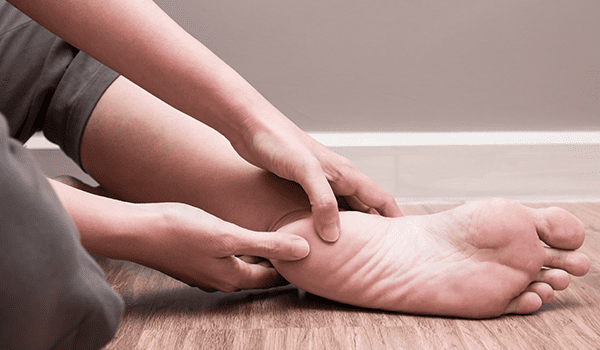
How common is Heel Pain?
Heel pain is the most common foot complaint I hear from my patients that come to see me at the clinic. Being a Podiatrist, it is one of the most common things I see and treat day to day. Before treating heel pain, it is crucial to figure out what the underlying cause is. There is not only one reason as to why you are experiencing heel pain. This is why it is important to have an initial biomechanical assessment with your Podiatrist to figure out the underlying cause. With just this one appointment, we can set you up with a customised treatment plan which will treat your heel pain at the underlying cause to provide you with the fastest pain relief and reduce the risk of the pain returning in the future.
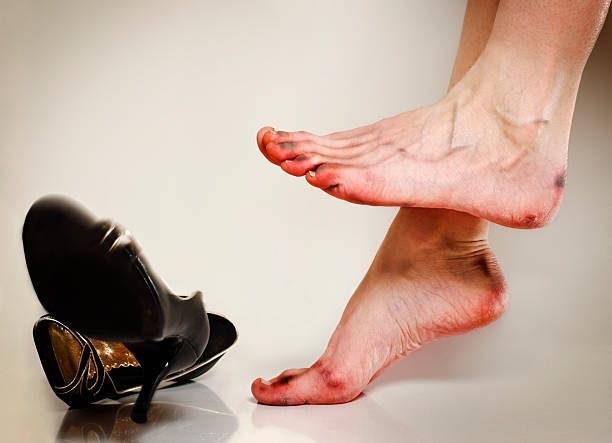
Why am I having Heel Pain?
There are many reasons as to why you may have heel pain. The most common reasons that I face with my patients in the clinic are:
- Plantar Fasciitis: Inflammation of the thick band that connect the heel bone to the toes. The main cause of this condition is wearing inappropriate footwear and overuse.
- Heel Spur: A bony growth that develops around the heel bone, usually due to wearing inappropriate footwear.
- Abductor Hallucis Tendinopathy: Damage to the muscle on the inner side of your heel due to overuse. It is commonly mistaken for plantar fasciitis and is commonly felt as pain in the arch of the foot.
- Achilles Tendinopathy: Damage to the thick band where the calf muscles attaches to the back of the heel bone. The damage is usually caused by overuse and leads to pain, stiffness, swelling at the back of the heel bone. This and ‘Hugland’s deformity’ is usually seen together.
- Bursitis: Inflammation of the cushioning gels around the heel bone.
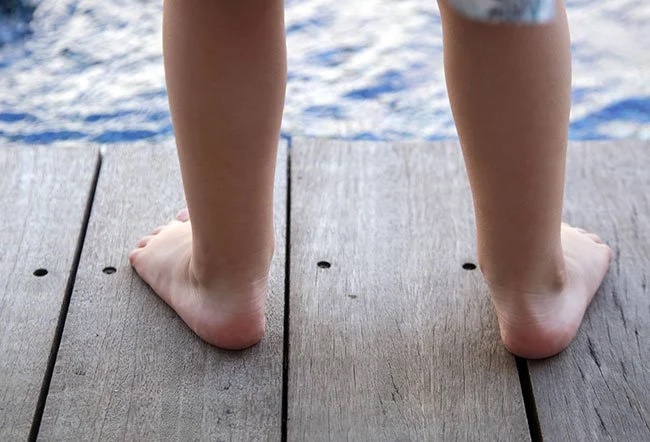
What are the risk factors for heel pain?
There are many factors that could increase the risk of you experiencing heel pain. Some of these factors are listed below:
- Having flat feet: Puts a lot of stretch strain and pressure on the foot and heel structures which can causes pain.
- Having high arch feet: Puts a lot of strain on the foot and heel structures which can causes pain.
- Out of phase pronation: Pronation is when your feet roll inwards when walking. Normally, when our foot hits the floor while walking, it rolls slightly inwards. However, when the foot rolls in more than normal or at the wrong time, this puts extra pressure on the innersole of the feet and this can lead to overuse and pain in the heel and foot structures.
- Long periods of standing or walking: Long periods of standing, walking and any other activity can cause a lot of strain and pressure on foot structures, which can cause pain.
- Running: Runners can put four times their weight force on their feet. When doing any activity, it can cause micro-tears in the soft tissue structures with each step and in turn cause pain in the foot and heel.
- Weak intrinsic foot muscles (muscles that run from below the ankle to the toes): Puts a lot of strain on other heel and foot structures which can in turn cause heel pain.
- Inactivity or not engaging in enough activity: This can cause shortening and atrophy to foot muscles and other structures. These structures tend to become less flexible and cause pain.
- Tight Achilles or calf muscles: When the calf muscles are tight, they tend to put a lot of pressure on the Achilles tendon which attached to the back of the heel. This in turn causes a lot of strain on the heel, which leads to foot and heel pain.
- Different leg lengths: a Podiatrist can accurately measure if you have legs that have different lengths, they can also determine whether this difference if from the bones or the muscles and treat accordingly.
- Obesity: Being overweight or experiencing a sudden increase in weight can cause extra pressure on our joints and foot structures. This can lead to overuse and pain.
- Training errors: Over-training or sudden increase in activity can put added strain on our foot structures which can lead to overuse and pain in the heel and pain.
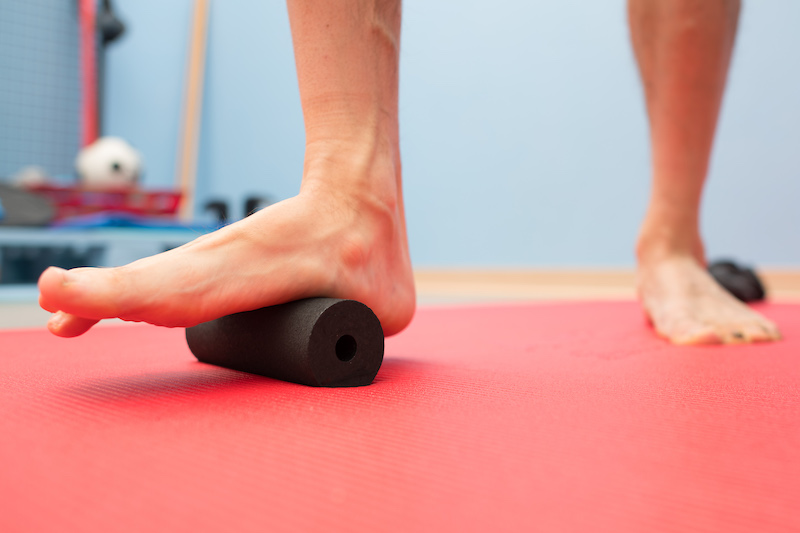
What treatment can I do at home for heel pain?
Some things that you can start to do at home to help with heel pain are:
- Footwear: Ensuring that you have appropriate and well-fitting shoes depending on our foot type is important to ensure your feet have enough support and cushioning. A guide on how to choose the right shoe can be found here. It is also important to change your shoes every 1-2 years depending on their wear.
- Rest: Resting will help relieve the strain on some of the structures around the heel to provide an opportunity for healing and reduce pain.
- Stretching: A daily stretch routine which incorporates the calf muscles is important. This helps keep the calves flexibility and reduces the tension on the heel bones.
- Exercise: Daily exercises which helps strengthens the leg and foot muscles is recommended. half an hour of walking 4-5 times a week is enough to help your muscles moving.
- Ice pack: Placing ice packs on the soles of the feet for 20 minutes on and 10 minutes off several times a day may help reduce swelling and improve pain.
- Massage: Regular foot massage and concentrating on the arch of the feet will help relieve the tension and stress on the foot structures. You can use a foot foam roller or foam ball and roll it on the soles of your feet.
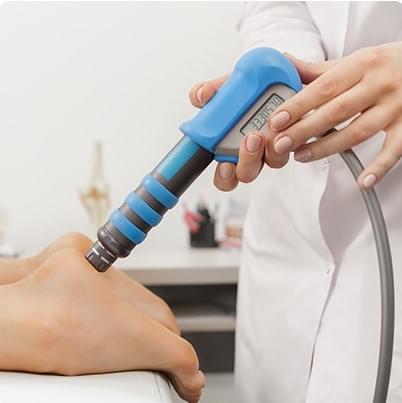
What is the long-term treatment for Heel Pain?
If you have experienced heel pain for more than one month, it is safe to say that pain will not go away on its own and you may need to see a Podiatrist. The best way to treat heel pain is to figure out the underlying cause of the pain. This is best done when the affected structures or muscles are identified. Your Podiatrist will get you in for an initial biomechanical assessment to figure out why you are getting the pain and give you a tailored treatment plan which will treat the pain at the cause, giving you long-term relief and reduce the risk of the pain coming back. Some treatments your Podiatrist may discuss with you may include:
- Footwear recommendation: Your Podiatrist will assess your feet and the shoes you currently wear. They will recommend the most appropriate footwear for your foot type.
- Custom orthotics: If the reason you are getting heel pain is from flat feet, high arch feet, the way that you walk or pronating out of phase, your Podiatrist can prescribe you custom orthotics which are medical grade inserts to place in your shoe to correct your foot posture and redistribute the pressure evening in your feet.
- Soft Tissue Rehabilitation: Your Podiatrist can prescribe you specific exercises and/or stretches that will help with the development of your affected muscles or structures.
- Shockwave Therapy: Shockwave therapy is the most advanced treatment available for heel pain. It emits high frequency acoustic waves into the affected area of pain to speed up the body’s healing mechanism and de-sensitise the nerves to cause a numbing affect.This is done over approximately 5-7 sessions and these sessions are done weekly.
Dr. Fatima Al-Kathmi (Podiatrist)
The Foot Force Podiatry.
BOOK NOWContact Us
Send us an e-mail:
This site is protected by reCAPTCHA and the Google Privacy Policy and Terms of Service apply.
